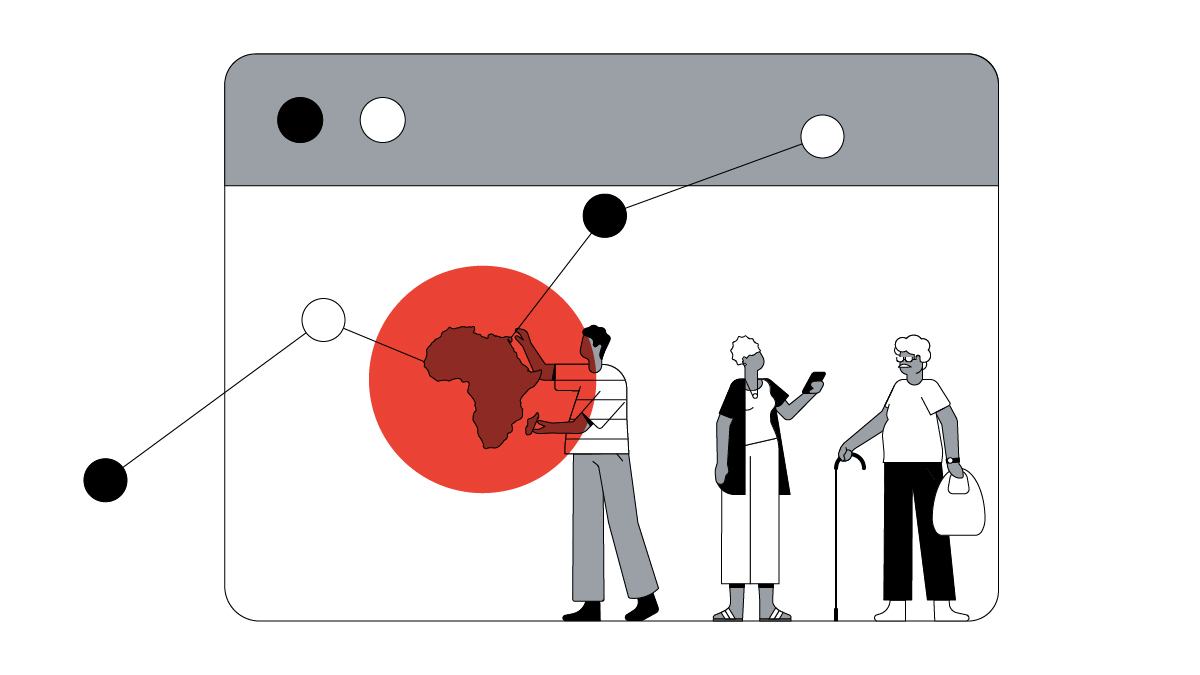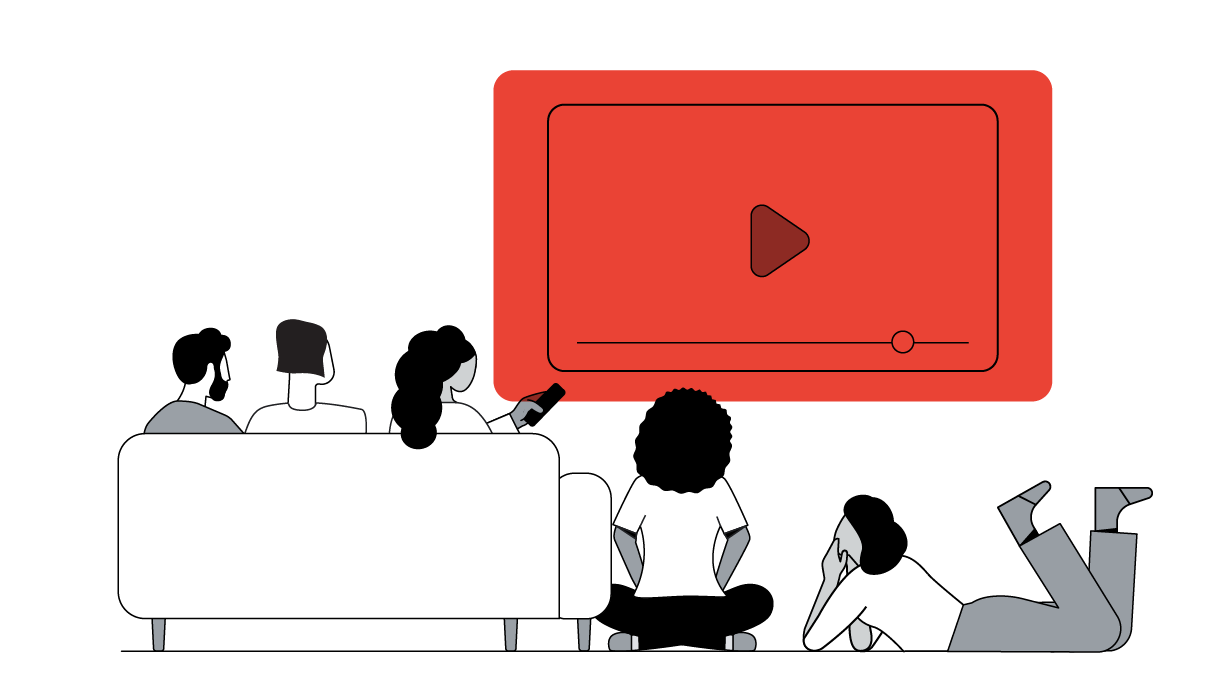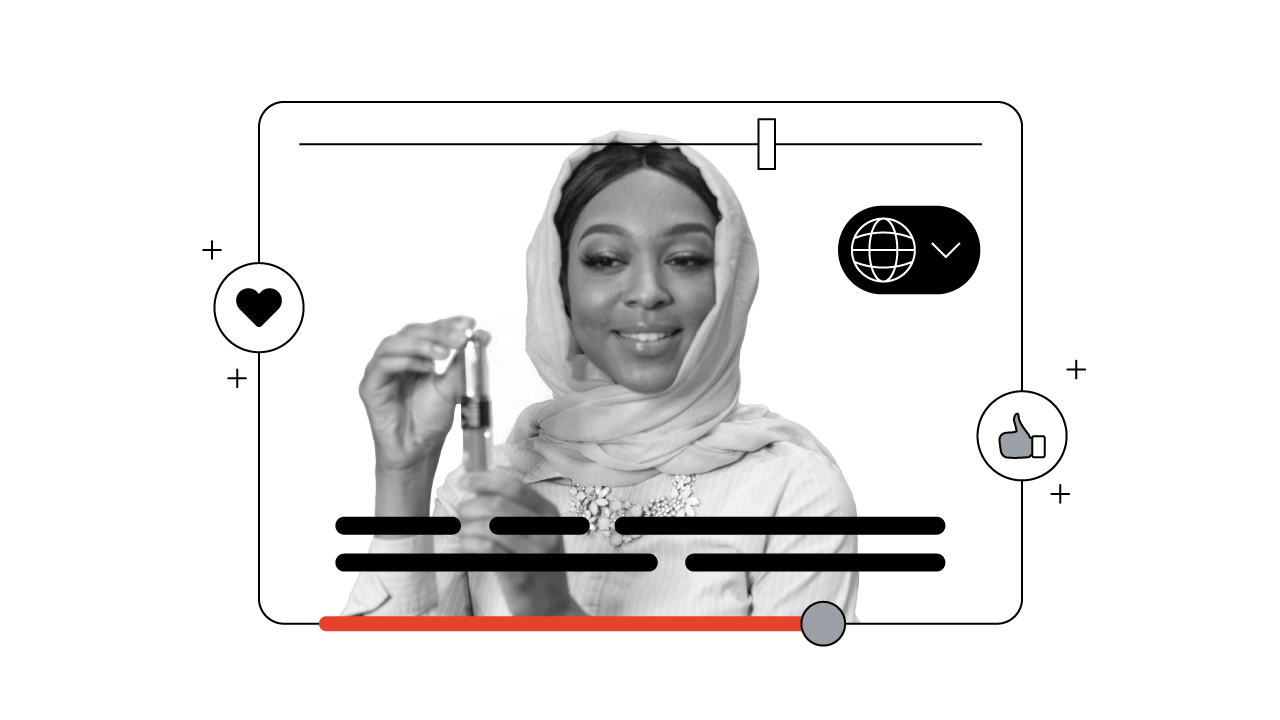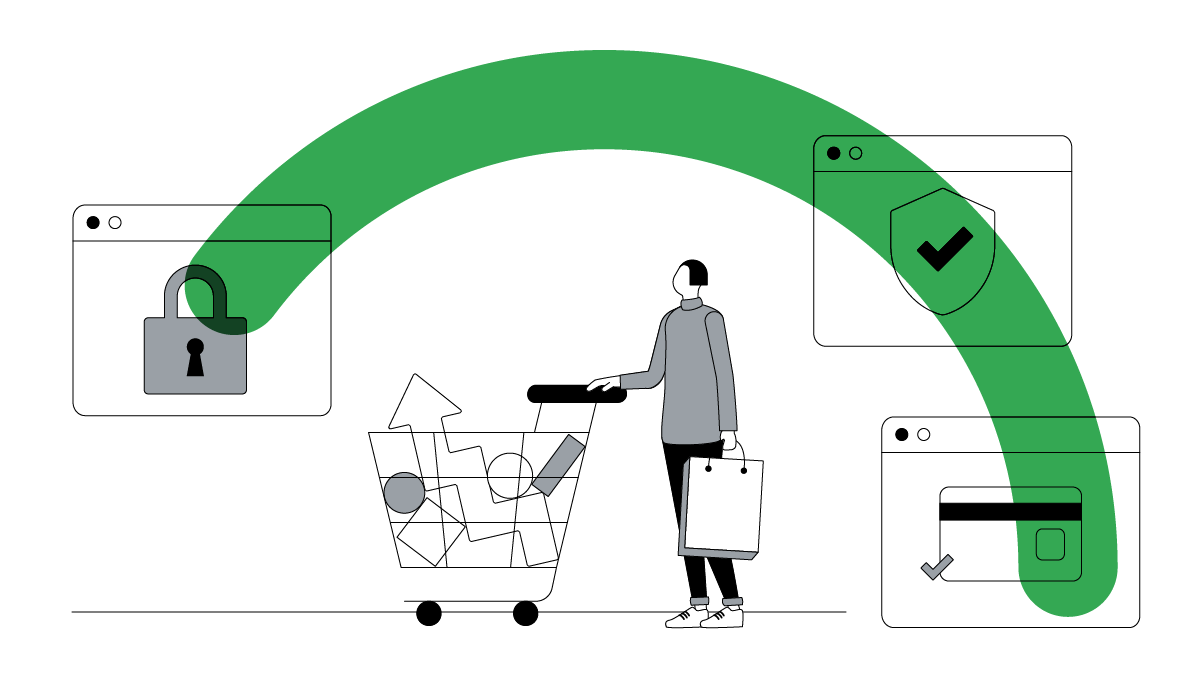Carla Harris leads MultiChoice's online and YouTube multi-channel network strategy. She shares the innovative thinking of Africa's largest pay-TV company that broke the boundaries between traditional and digital media to reach new audiences.
Finding great success in traditional media doesn't mean you get to ignore digital media. Modern marketers work hard to keep consumers at the centre of their marketing efforts, and a large part of that means reaching them where they are. In other words, just because you're traditional, doesn't mean that's the only medium in which your customers receive messages.
It’s the consumer who determines the journey. It's up to us as marketers to ensure that we are there along with them for the ride.
Through our entertainment platforms — DStv, GOtv, Showmax and DStv Now — we reach approximately 14 million people across 50 countries, as a pay-TV and subscription-based video on demand (SVOD) broadcaster. So you may not necessarily expect us to have a presence on a free video-sharing platform.
In fact, some people may even erroneously view MultiChoice as a competitor to platforms like YouTube, but that couldn’t be further from the truth.
A value exchange that puts customers first
That’s because it’s the consumer who determines the journey. It's up to us as marketers to ensure that we are there along with them for the ride.
Originally, we mainly used YouTube as a host for promotional videos for our latest shows. The insight? We knew that our viewers were keen on finding out when and where their favourite shows were airing, and these promo materials proved popular. But it wasn't enough.
We chose to take a long-term view, and to expand our YouTube channel from being purely promotional to providing more value in people’s day-to-day lives.
Once we started analysing the stats, we began thinking about things differently. This might sound crazy, but what if we uploaded full episodes of some of our TV shows to YouTube, for a limited time? Well, that's what we did, shifting our strategy from being ads-focused to being about a value exchange. If you allow access to your content on an open platform, you're more likely to find support on your pay platforms later down the line.
An example is university students, who are keen YouTube viewers, but may not yet be able to afford a DStv subscription. We chose to take a long-term view by expanding our YouTube channel from being purely promotional to providing more value in people’s day-to-day lives.
We also started crafting content specifically to fill the viewing gaps that we were able to identify through some basic interactions we had with viewers on our YouTube channel via the comments section on videos.
Watch time is up 238%, views are up 186%, engagement is up 247% and our YouTube subscriber base has grown by 250%.
We found that, by definition, people come to YouTube specifically to watch content. And our products are about watching content, after all. This made YouTube a form of social media that allowed us to walk alongside our customers where they were already watching and keen to invest time in the activity.
The comments section provides us with an opportunity to interact with our customers while they’re watching our content, rather than in preparation for watching, or as a recap of what they’ve already watched. It allows us to cater to an audience of one. For our marketing department, this interaction is a golden opportunity to get closer to our viewers — both on YouTube and on our own satellite, SVOD and digital terrestrial channels.
For example, we realised that consumers want to quickly catch up on past games before watching the next big Soweto Derby soccer match between Kaizer Chiefs and Orlando Pirates, two hugely popular football teams in South Africa. These highlights packages are specifically catered to the moments we know our audiences love. Similarly, they may want to catch up on the highlights of the latest episode of their favourite TV shows.
Full episodes build customer loyalty
So, while we continue to flag pirated episodes of our shows on other YouTube channels, we also provide full episodes of some of our TV shows on our own YouTube channels for a limited time, for free. We've shared first episodes of reality shows like The Voice SA (season 3), The Bachelor SA (season 1), and Big Brother Naija. We've even shared significant parts of seasons of some of our TV series, like episodes 1-4 of season 1 of The Lockdown and the entire first season of Becoming Imbokodo.
We believe that this has made a difference to how newly employed graduates view subscribing to our paid services. It’s our hope that they remember that it was MultiChoice that delivered their favourite content on an easily accessible and open platform, making them more open to subscribing to our pay-TV and SVOD offerings, all of which has helped drive an increase in subscribers and play events on our owned platforms.
We continue to lean in on this strategy
Did it work? We think so, and when you compare our multi-channel network growth, year-on-year, for the 2018-2019 period, the numbers are encouraging. Watch time is up 238%, views are up 186%, engagement is up 247% and our YouTube subscriber base has grown by 250% — all of which translated into channel milestones of one million subscribers for SuperSport and 100,000 for DStv.
This encourages us to investigate producing bespoke original content for our YouTube channels to complement the content on our owned platforms.
We’ll continue what we have been doing on our online strategy, while increasing the number of first episodes and highlights, where they achieve goals of driving views and subscribers on our owned platforms.
While traditional media and SVOD make up the core of our business, we see digital channels like YouTube as a natural extension of what we do. If anything, the goal is to drive engagement, grow affinity and, ultimately, have that relationship translate into commercial conversion to our broader offering. It's about meeting potential customers where they are to encourage them to make the move down the conversion funnel.
Share our link, thinkwithgoogle.com/ssa with colleagues and industry friends and be sure to follow us on social media. We're @GoogleAfrica on Twitter, Think with Google on LinkedIn, and Google Africa on YouTube. Check out some recommended stories below to read more.







